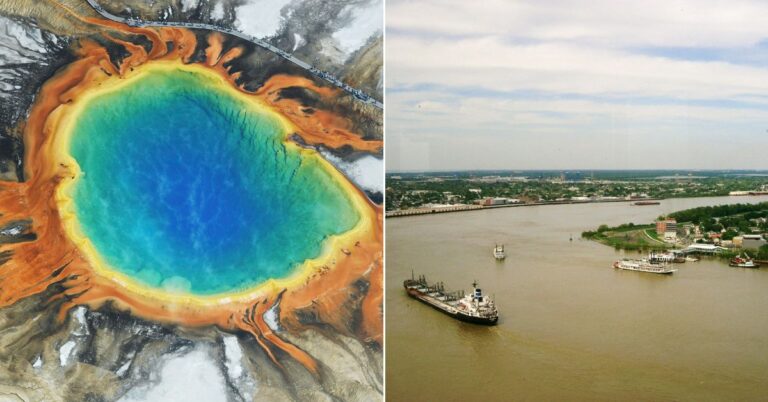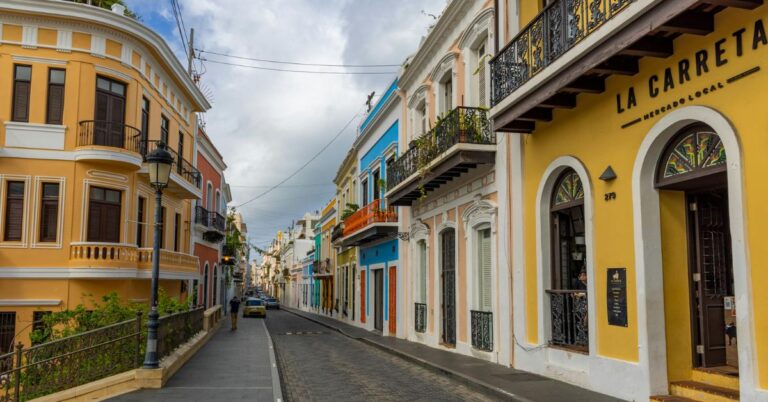25 Islands That Stand Out For Their Natural Beauty

Certain islands leave a lasting impression not just because of their scenery but also because of how nature has shaped them over time. With dramatic coastlines, rare ecosystems, and distinct geography, these places reveal the richness of Earth’s design. This list highlights 25 islands known for their natural features and striking visual character.
Bora Bora, French Polynesia

Surrounded by a vivid lagoon and reef, Bora Bora offers calm waters ideal for snorkeling and diving. At its center, Mount Otemanu rises from an extinct volcano, creating a dramatic backdrop. The island belongs to the Society Islands group and is famous for its marine life and iconic overwater bungalows.
Santorini, Greece

A volcanic eruption reshaped Santorini into cliffs and a sunken caldera. Towns like Oia and Fira cling to the edge overlooking the Aegean Sea. Black sand beaches, the ruins of Akrotiri, and a vital wine industry thrive on mineral-rich soil, all contributing to its unique volcanic identity.
Palawan, Philippines
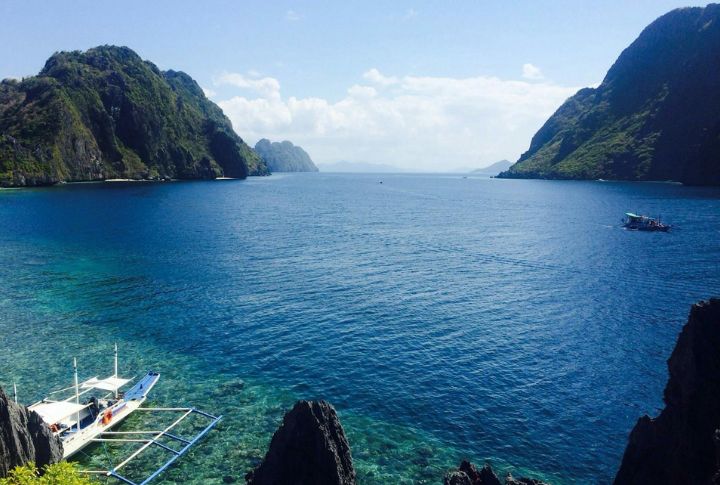
Limestone cliffs and hidden lagoons make Palawan a standout among Southeast Asian islands. Its underground river, a UNESCO site, winds beneath forested terrain. In the north, El Nido and Coron attract divers to coral reefs and WWII wrecks. The island also protects rare species like the bearcat and peacock-pheasant.
Maui, Hawaii
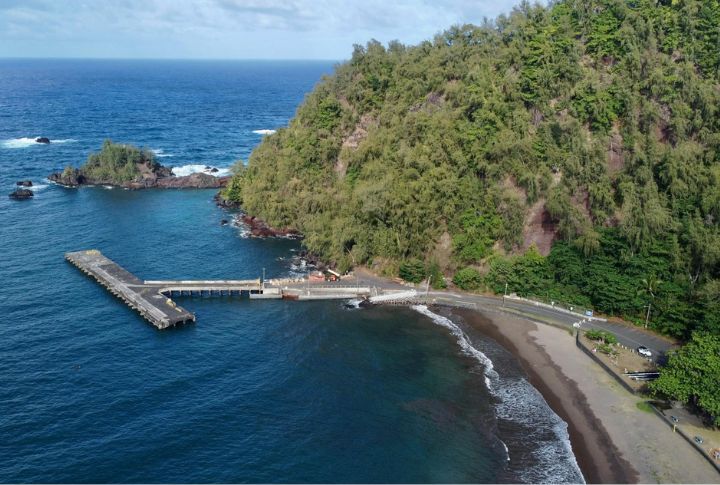
Maui’s varied landforms include volcanic peaks, waterfalls, and coastal rainforests. A dormant volcano, Haleakala, draws visitors for sunrise views above the clouds. The Road to Hana offers a winding route past cliffs and waterfalls. Offshore, migrating humpback whales gather each winter, making Maui a prime whale-watching destination.
Capri, Italy

Capri lies off Italy’s southern coast, blending natural beauty with Roman-era landmarks. The Blue Grotto, lit by sunlight through an underwater opening, glows in intense blue. Monte Solaro includes wide views from 589 meters up. Villa Jovis, perched on cliffs, reflects the island’s imperial history under Emperor Tiberius.
Seychelles
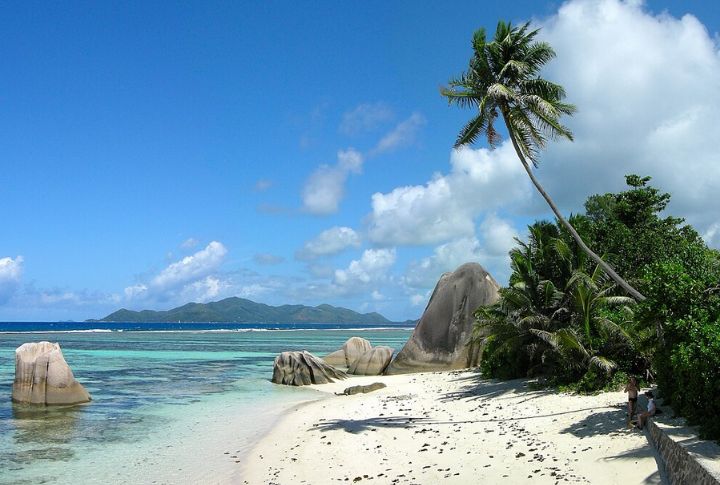
Scattered throughout the Indian Ocean, the Seychelles is a group of 115 islands known for white-sand beaches and granite rock formations. On Curieuse Island, giant Aldabra tortoises roam protected terrain. La Digue’s Anse Source d’Argent is popular for its shallow, calm waters. Meanwhile, Praslin’s Vallee de Mai shelters rare coco de mer palms.
Kauai, Hawaii

Called the Garden Isle for its lush interior, Kauai is marked by rainforests, cliffs, and sharp ridges. The Na Pali Coast features towering sea cliffs best viewed by boat or helicopter. Inland, Waimea Canyon stretches ten miles wide. With the highest rainfall in Hawaii, the island stays green year-round.
Maldives
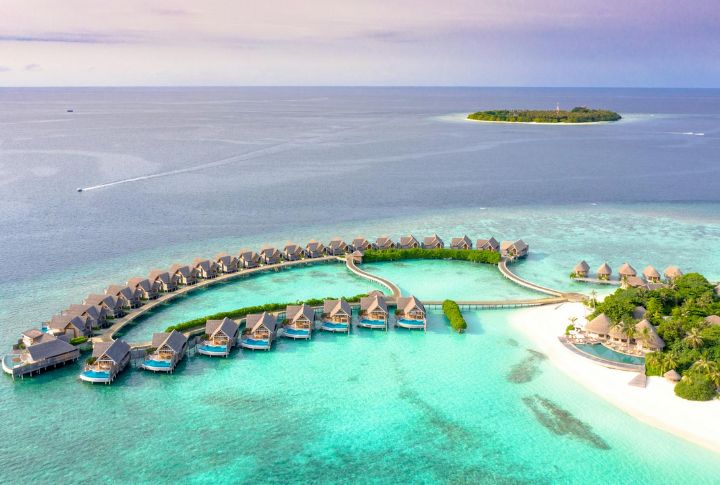
The Maldives has 26 coral atolls and more than 1,000 islands spread across the Indian Ocean. Its low-lying islands host private resorts and reefs teeming with marine life. On Vaadhoo Island, the beach glows at night with natural bioluminescence. Most of the country sits less than two meters above sea level.
Corsica, France
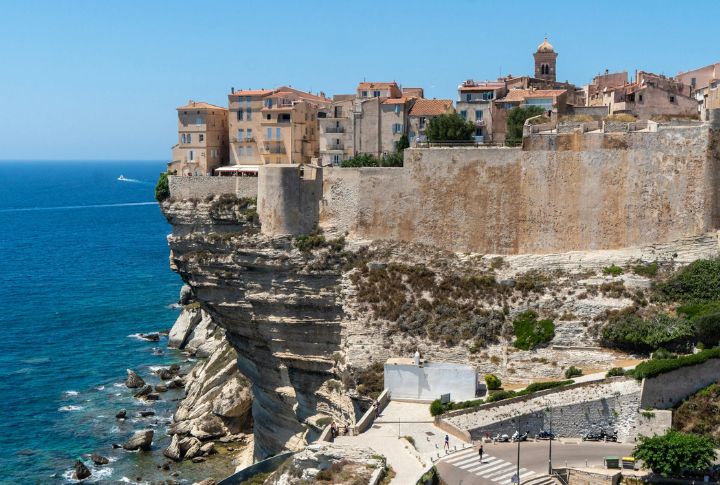
Corsica is an island in the Mediterranean Sea that offers a mix of mountains and beaches. Bonifacio, perched atop white cliffs, overlooks the sea from a medieval citadel. Inland, the GR20 trail stretches across rugged terrain. The island also preserves the legacy of Napoleon Bonaparte, born here in 1769.
Whitsunday Islands, Australia

These islands, located near the Great Barrier Reef, are known for turquoise waters and bright white sands. Whitehaven Beach stands out for its nearly pure silica sand. The islands attract divers and sailors, especially during Hamilton Island Race Week. Coral reefs just offshore support a wide variety of tropical species.
Jeju Island, South Korea
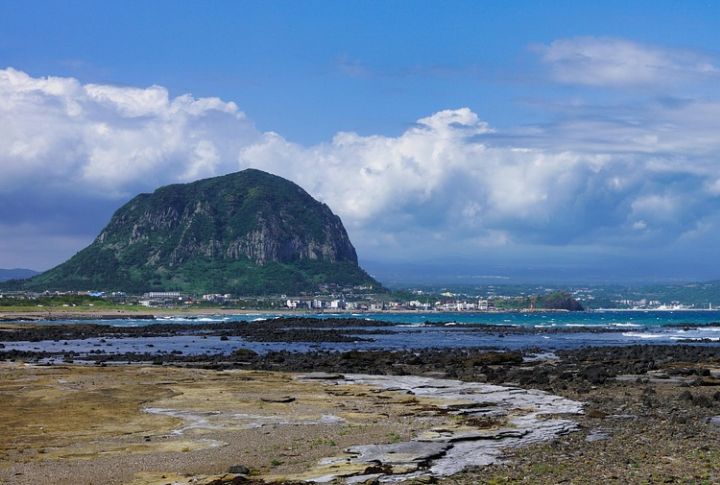
Jeju’s volcanic origin is reflected in its distinctive cliffs, caves, and craters. Hallasan, South Korea’s tallest mountain, rises from its center, while lava tubes run beneath the surface. Female divers known as Haenyeo still harvest seafood by hand. Jeju also features waterfalls and ancient stone statues guarding village entrances.
Galapagos Islands, Ecuador

The Galapagos are home to species found nowhere else, including giant tortoises, marine iguanas, and flightless birds. These animals evolved in isolation across the islands, and Charles Darwin’s 1835 visit helped shape his theory of evolution. Today, Espanola Island remains the only nesting site of the waved albatross, a species unique to the region.
Moorea, French Polynesia
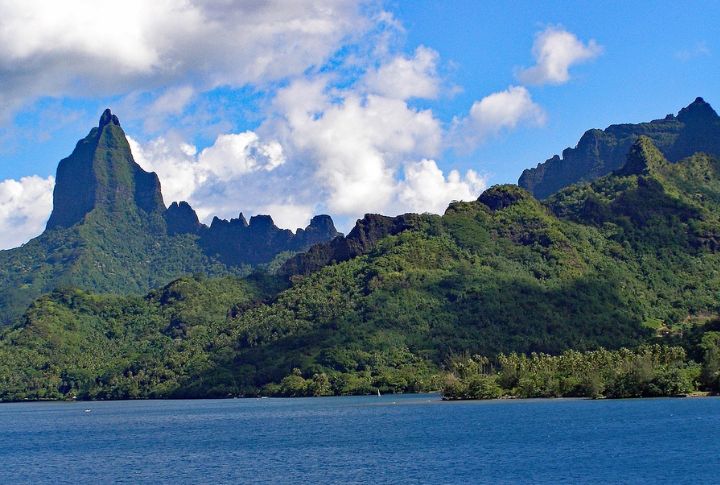
Located just northwest of Tahiti, Moorea is known for its twin bays—Opunohu and Cook’s—and quiet lagoons. Coral reefs encircle the island, creating calm waters filled with reef sharks and tropical fish. Inland, pineapple farms and villages dot the terrain. From Belvedere Lookout, visitors get a sweeping view of Mount Rotui and both bays.
Madeira, Portugal
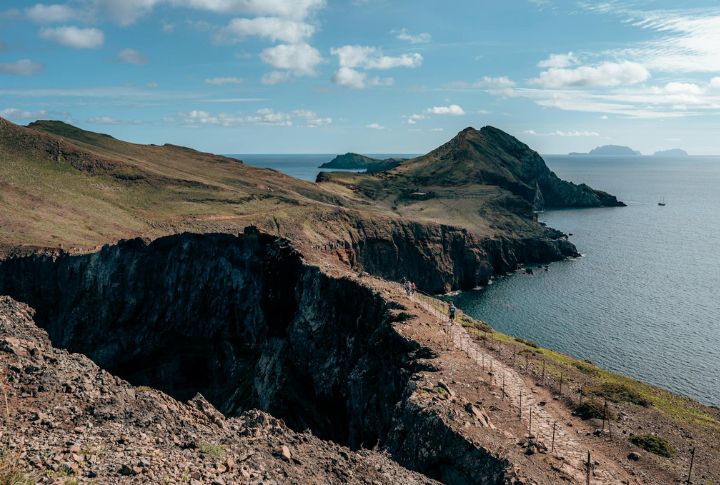
Madeira rises sharply from the Atlantic with volcanic cliffs and lush green slopes. Its Laurisilva Forest, protected by UNESCO, holds rare and ancient plant life. Mountain trails follow stone irrigation channels called levadas. The island enjoys a mild climate year-round and is known as the birthplace of footballer Cristiano Ronaldo.
Skye, Scotland
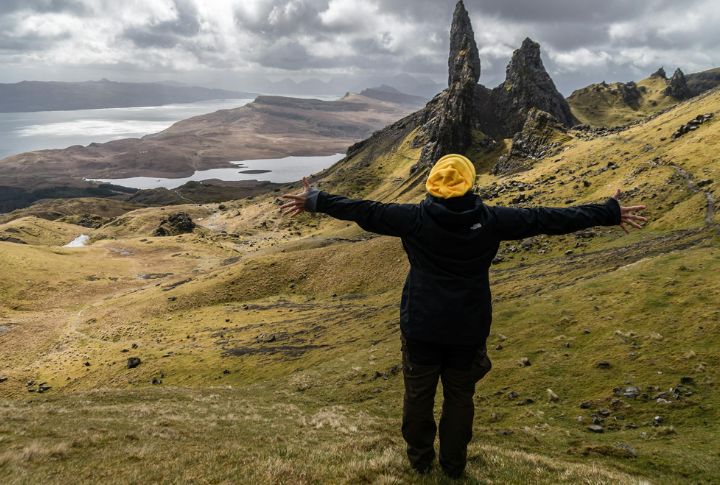
Jagged peaks, sea cliffs, and glacial valleys give the Isle of Skye its dramatic topography. Geological formations like the Quiraing and Old Man of Storr reflect ancient volcanic activity. Wildlife such as golden eagles and seals thrive here. The medieval Dunvegan Castle has stood for centuries as the seat of Clan MacLeod.
Hvar, Croatia
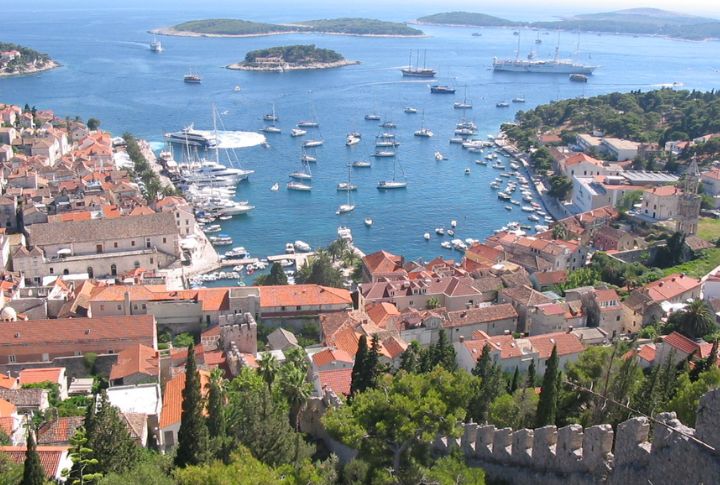
Hvar is among the sunniest islands in Europe, with over 2,700 hours of sunlight each year. Its historic town includes a 16th-century fortress and Renaissance-era squares. Lavender fields bloom inland, while the nearby Pakleni Islands offer quiet beaches and sheltered coves, perfect for swimming and boating.
Phi Phi Islands, Thailand

Limestone cliffs rise sharply from the Andaman Sea around the Phi Phi Islands. Maya Bay, made famous by The Beach, recently reopened following restoration efforts. Phi Phi Don offers soft, sandy beaches, lush forested hills, and access to vibrant coral reefs. Year-round diving and snorkeling make the area a top marine tourism spot.
Reunion Island, France
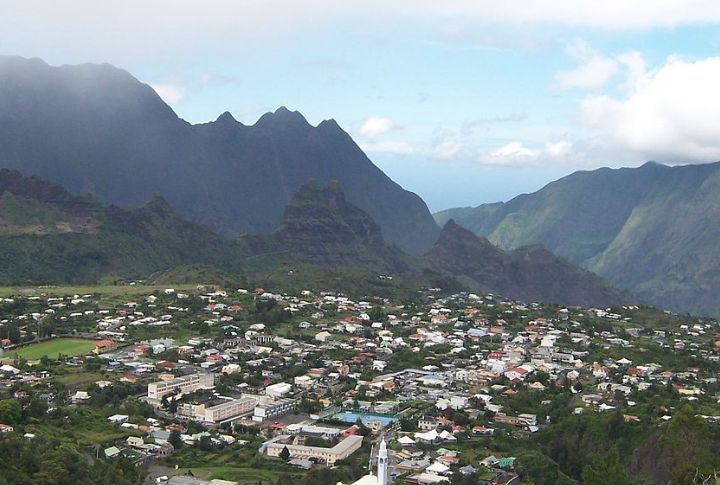
This French overseas territory in the Indian Ocean is defined by rugged terrain and volcanic features. Still erupting today, Piton de la Fournaise ranks among the most active volcanoes in the world. Inland, mountain cirques cut deep into the surroundings. Towns like Cilaos offer hot springs, mountain hikes, and panoramic views.
Zanzibar, Tanzania

Zanzibar combines stunning coastal beauty with a rich, layered cultural history. Stone Town, a UNESCO site, features carved doors, narrow alleys, and architecture influenced by Arab and European traders. Offshore, Mnemba Atoll draws divers to coral reefs and clear water. Inland, spice farms and centuries-old mosques reflect the island’s role in Indian Ocean trade.
Bali, Indonesia
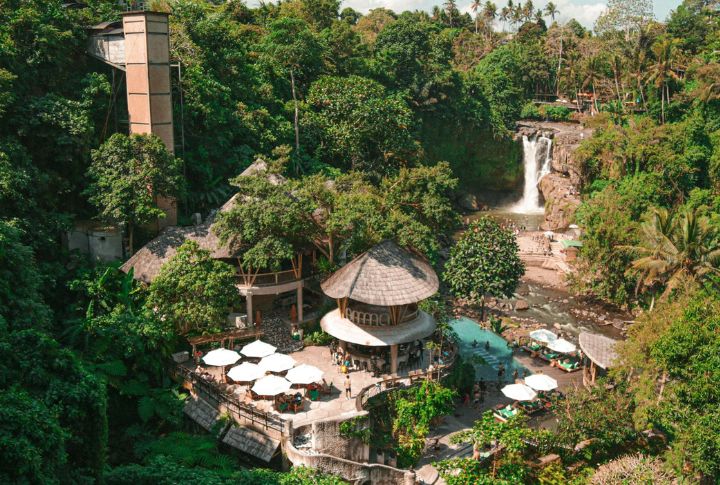
Volcanoes and ancient temples give Bali a distinctive character. Ubud, the island’s cultural heart, is home to traditional crafts, performances, and meditation centers. Nearby, Mount Batur attracts early risers for sunrise hikes. Offshore reefs support thriving marine life, making Bali a year-round destination for snorkeling and diving.
Sardinia, Italy

Sardinia blends Mediterranean beaches with a rugged interior rich in history. Along the Costa Smeralda, turquoise bays and granite outcrops attract visitors to luxury resorts. Inland, Bronze Age nuraghi—stone towers unique to the island—dot the hills. Sardinia’s distinct language and festivals reflect its centuries of cultural independence and isolation.
Westman Islands, Iceland
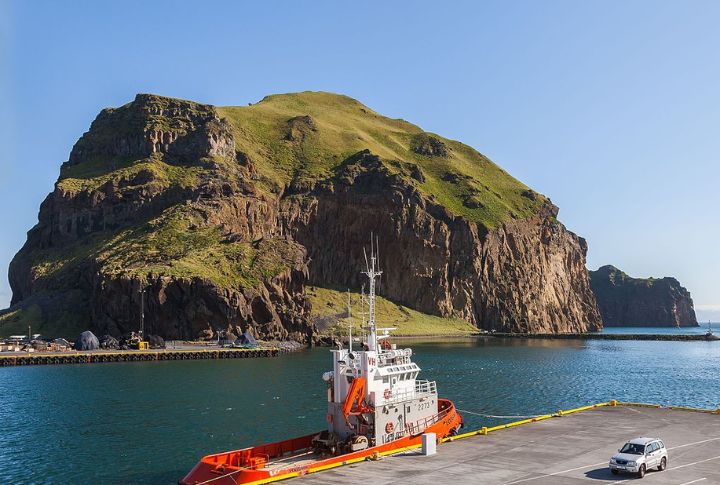
Formed by volcanic activity, the Westman Islands sit just off Iceland’s southern coast. Heimaey, the only inhabited island, expanded during a 1973 eruption that reshaped its harbor. Summer brings nesting puffins by the thousands. The archipelago is also home to the Beluga Whale Sanctuary, a marine refuge opened in 2019.
Komodo Island, Indonesia
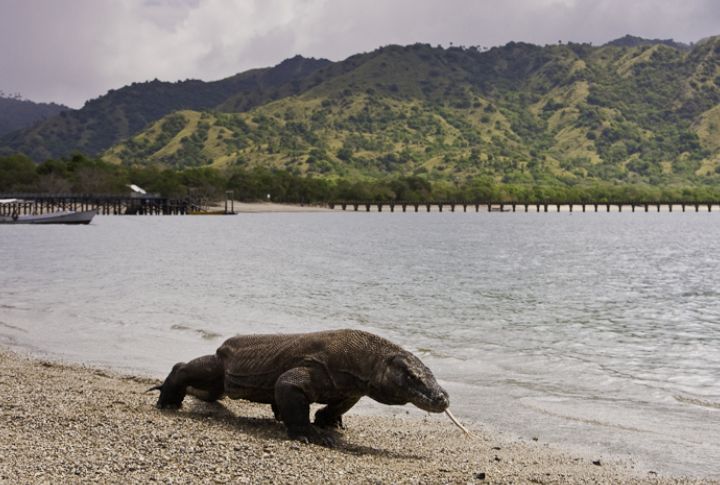
Komodo’s rugged terrain and arid climate support the world’s largest lizard—the Komodo dragon. These reptiles, often over three meters long, roam freely in Komodo National Park. The island is also known for Pink Beach, where crushed coral gives the sand a rosy tint. Coral reefs nearby attract snorkelers and divers.
Tahiti, French Polynesia
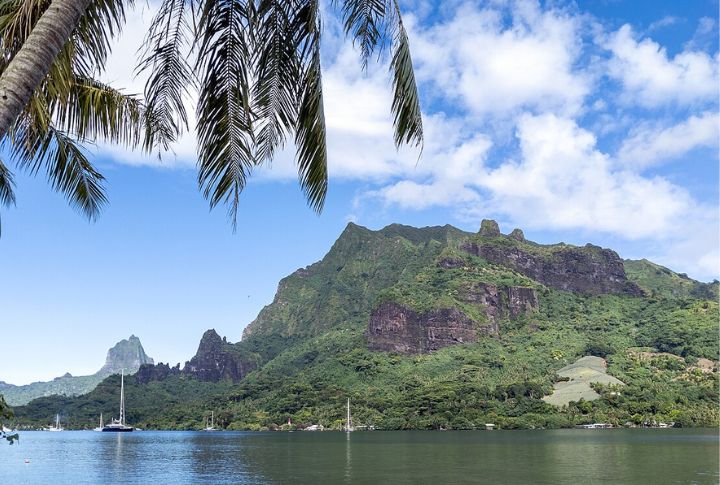
As French Polynesia’s largest island, Tahiti combines natural beauty with cultural significance. Its black sand beaches, waterfalls, and lush mountains draw visitors inland. Museums and markets in its capital, Papeete, reflect French and Polynesian influences. The Paul Gauguin Museum honors the artist who spent his final years painting in the islands.
Bazaruto Archipelago, Mozambique
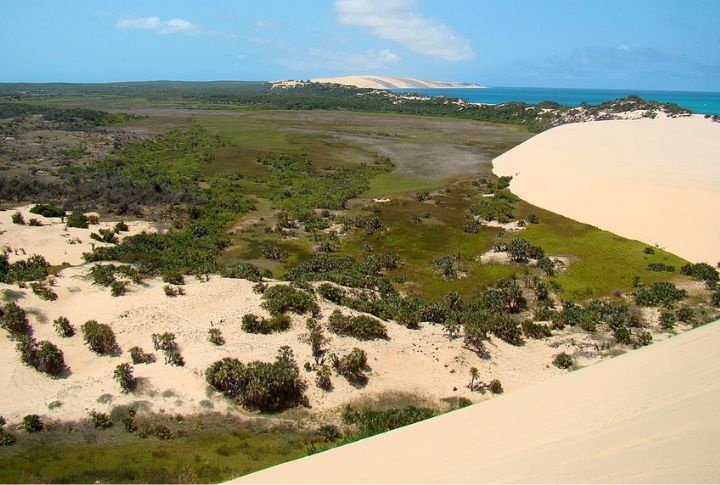
Found just off the southern coast of Mozambique, the Bazaruto Archipelago includes five islands designated as a national park. Shaped by dunes, lakes, and coral reefs, the area shelters one of the region’s last dugong populations. Marine biodiversity remains high here. Historically, the islands were part of Portuguese trade routes across the Indian Ocean.


